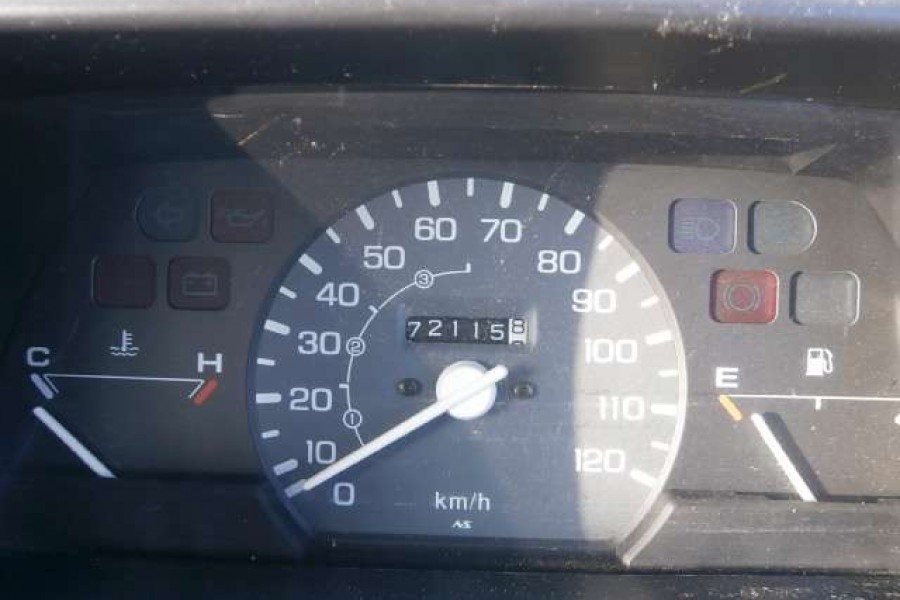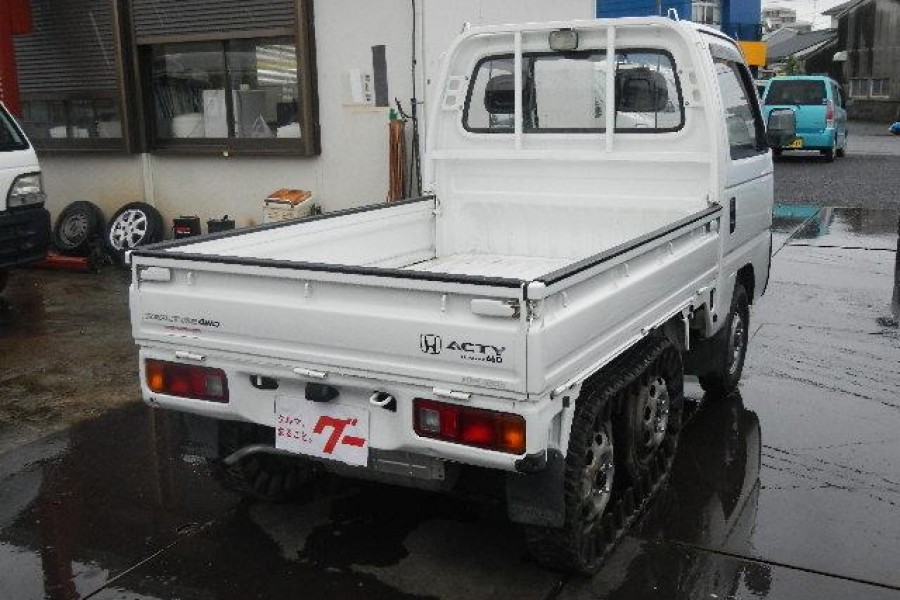Honda Acty Fuel Efficiency – Unveiling the Efficiency Marvel
In the realm of fuel efficiency, the Honda Acty emerges as a distinguished contender, showcasing impressive mileage figures that make it a standout choice in its class. Delving into the intricacies of its design, engine performance, and driving dynamics unveils a fascinating narrative of innovation and practicality. Let’s embark on a journey to uncover the secrets behind the incredible Honda Acty fuel efficiency.
The Honda Acty: An Economic Powerhouse
At the heart of the Honda Acty’s appeal lies its exceptional fuel economy. Designed with a keen focus on maximizing efficiency without compromising performance, this compact vehicle has carved a niche for itself in the market. Whether navigating urban streets or embarking on long-distance journeys, the Acty’s fuel-sipping nature ensures that drivers can enjoy extended mileage without frequent stops at the pump.
Engineered for Honda Acty Fuel Efficiency
The foundation of the Honda Acty’s stellar fuel economy is its meticulously engineered powertrain. Equipped with an efficient engine that optimizes combustion and minimizes energy wastage, this vehicle sets a benchmark for eco-friendly transportation. The integration of advanced technologies, such as variable valve timing and electronic fuel injection, further enhances its Honda Acty fuel efficiency, ensuring that every drop of fuel is utilized effectively.
Streamlined Design for Aerodynamic Excellence
Beyond its mechanical prowess, the Honda Acty boasts a streamlined design that contributes to its impressive fuel efficiency. Aerodynamic principles are meticulously incorporated into every aspect of its exterior, reducing drag and enhancing airflow efficiency. From its sleek profile to strategically placed aerodynamic features, such as air deflectors and underbody panels, every element is optimized to minimize resistance and maximize fuel economy.
Efficient Transmission Options
Complementing its efficient engine is a range of transmission options that cater to diverse driving preferences. Whether opting for a manual gearbox for greater control or choosing the convenience of an automatic transmission, drivers can tailor their driving experience while maintaining optimal fuel efficiency. Additionally, the integration of advanced transmission technologies, such as continuously variable transmissions (CVT), further enhances efficiency by seamlessly adapting gear ratios to driving conditions.
Driving Dynamics: Balancing Performance and Efficiency
Despite its focus on fuel economy, the Honda Acty doesn’t compromise on performance or driving dynamics. Agile handling, responsive steering, and a composed ride quality ensure an engaging driving experience without sacrificing efficiency. Whether navigating tight city streets or cruising along the highway, the Acty delivers a harmonious blend of performance and economy, making every journey enjoyable and economical.
Improving Honda Acty Fuel Efficiency
Here are some of the best ways that you can do to improve the Honda Acty fuel efficiency.

Regular Maintenance:
Keeping the Honda Acty in optimal condition through regular maintenance is crucial for maximizing fuel economy. This includes routine oil changes, air filter replacements, and spark plug inspections. Fresh engine oil reduces friction and ensures smooth operation, while a clean air filter allows for proper airflow and combustion efficiency. Spark plugs should be inspected and replaced as needed to maintain optimal ignition performance. Additionally, maintaining proper tire pressure and ensuring wheel alignment also reduces rolling resistance, improving overall efficiency. Underinflated tires increase drag and fuel consumption, while misaligned wheels cause uneven tire wear and decrease fuel efficiency. By adhering to a regular maintenance schedule and addressing any issues promptly, drivers can ensure that their Honda Acty operates at peak efficiency.
Lighten the Load:
Removing unnecessary weight from the vehicle can significantly improve fuel economy. Clearing out the trunk of any unnecessary items and avoiding carrying excess cargo whenever possible reduces the strain on the engine and enhances efficiency. Every additional pound of weight requires more energy to move, increasing fuel consumption. Additionally, roof racks and accessories should be removed when not in use to minimize aerodynamic drag. Even small changes, such as removing roof-mounted cargo boxes or bike racks, can have a noticeable impact on fuel efficiency, especially at highway speeds. By minimizing excess weight and reducing aerodynamic drag, drivers can maximize fuel economy and extend the range of their Honda Acty.
Smooth Driving Habits:
Gentle acceleration, consistent speeds, and anticipating stops can contribute to significant fuel savings over time. Aggressive driving behaviors such as rapid acceleration and hard braking consume more fuel and reduce efficiency. By accelerating gradually and maintaining a steady speed, drivers can keep fuel consumption to a minimum. Anticipating traffic flow and coasting to a stop whenever possible reduces the need for sudden braking and saves fuel. Additionally, using cruise control on the highway helps maintain a constant speed and improves fuel economy by reducing fluctuations in throttle input. By adopting smoother driving habits, drivers can optimize fuel economy without compromising performance or safety.
Utilize Eco-Driving Features:
Many modern vehicles, including the Honda Acty, are equipped with eco-driving features designed to enhance fuel efficiency. Utilizing features such as cruise control on the highway and eco mode settings can help optimize engine performance and throttle response for maximum efficiency. Cruise control maintains a constant speed and reduces fuel consumption by minimizing unnecessary acceleration and deceleration. Eco mode settings adjust engine parameters to prioritize fuel economy, such as limiting throttle response and optimizing gear shifts. Additionally, monitoring real-time fuel consumption displays can encourage more fuel-conscious driving behavior by providing instant feedback on fuel usage. By taking advantage of these eco-driving features, drivers can maximize fuel economy and minimize their environmental impact.
Plan Efficient Routes:
Planning routes that minimize traffic congestion and avoid excessive idling can help improve fuel economy during daily commutes. Utilizing navigation systems or smartphone apps that provide real-time traffic updates and suggest alternate routes can help drivers avoid stop-and-go traffic and reduce fuel consumption. Idling consumes fuel without moving the vehicle, so minimizing time spent in traffic jams or at red lights saves fuel. Additionally, consolidating errands and combining multiple trips into a single outing reduces overall mileage and saves fuel. By planning efficient routes and minimizing time spent idling in traffic, drivers can optimize fuel economy and make the most of their Honda Acty’s efficiency.
Conclusion: Redefining Honda Acty Fuel Efficiency on the Road
The amazing Honda Acty fuel efficiency stands as a testament to automotive ingenuity and innovation. Through a combination of advanced engineering, streamlined design, and intelligent technology integration, it sets a new standard for eco-friendly transportation. With its impressive mileage figures and engaging driving dynamics, the Acty proves that efficiency doesn’t have to come at the cost of performance. For those seeking a vehicle that excels in both economy and excitement, the Honda Acty emerges as a compelling choice, redefining efficiency on the road for generations to come.


